This year Her Majesty The Queen of England will be the first-ever British monarch to celebrate a Platinum Jubilee with an impressive 70 years of service. The UK is set to kick off the Jubilee celebrations with a 4-day bank holiday weekend, full of VE Day style street parties and festivities across the country to celebrate the historic milestone!
With over 70 years service, we’re taking a look back to the Second World War, when The Queen was simply Princess Elizabeth, and how The Queen and her family supported the nation through bleak and uncertain times.
On the 1st September 1939, the Second World War broke out across Europe and would last a gruelling six years and see an unfathomable loss of life. King George VI gave a speech two days later on the 3rd of September 1939 where he announced the war via a radio broadcast, bravely overcoming his stammer as he addressed the nation.
This is the same speech which inspired the award-winning filmThe King’s Speech starring Colin Firth and is a must-watch for those wanting to know more about King George VI’s accession to the throne and overcoming his stammering problem.
When The King gave this speech in 1939, Princess Elizabeth was only aged 13. Together with her younger sister, Princess Margaret Rose, the pair were initially moved to Balmoral Castle in Scotland when the war began. Both The King and Queen remained in London, refusing to abandon the capital and the people they ruled over.
At the time, many officials and the Foreign Office suggested that King George and Queen Elizabeth (Princess Elizabeth's mother, more widely known now as the Queen Mother), as well as the princesses, should evacuate the country. Canada was the country of choice as thousands of other children had been evacuated there from busy cities to protect them from air raids from the German Luftwaffe.
Such suggestions were put to rest almost instantly by Queen Elizabeth, as she declared that:
“The children won’t go without me. I won’t leave the King. And the King will never leave.”
Although the princesses were not evacuated out of the country, they remained in Scotland for a short while before moving to Norfolk, and then to Windsor Castle which was around 20 miles away from their parents who were still living at Buckingham Palace.
It wasn't long before Buckingham Palace experienced the Blitz first hand.
The King and Queen were extremely lucky to have survived two raid raids carried out by the Luftwaffe. The first bombing came on 8th September 1940 and had only damaged the Palace. However, a 50-kilogram bomb had fallen on the grounds of Buckingham Palace but had fortunately not exploded. This stroke of luck prevented the potential destruction of part of the palace and even loss of life, and the bomb was later destroyed in a controlled explosion.
The King and Queen inspecting the damage done to Buckingham Palace
A second round of bombing came a few days later on the 13th of September 1940. In a second attempt to target the King and Queen, five more bombs were dropped on Buckingham Palace and destroyed the Royal Chapel, the inner quadrangle of the Palace as well as the Palace gates. Several Palace staff were injured, and one unfortunate soul passed away from their injuries in hospital.
The Germans had once again been terrifyingly close to hitting their target, but thankfully the King and Queen were completely physically unscathed by the attack - but there is no doubt this would have left lasting mental scars from the experiences.
After the bombing of Buckingham Palace, Queen Elizabeth is reported to have said that she was“glad that we have been bombed. Now we can look the East End in the eye”.
The East End of London (also known as Target Area A by German bombers) had been a prime target for the Axis powers as it contained some of London’s most important dockland areas essential for importing and storing goods for the war effort.
The front gates of Buckingham Palace destroyed in the attack.
Whilst the King and Queen were quite rightly shaken by the bombing, the incident would go on to bolster the reputation of the Royal Family in the eye of the British public.
Again the King and Queen were advised by the Foreign Office to evacuate to the country since they had been so close to being casualties, but they again refused to leave. Showing courage and a commitment to the people of the country and defiance in the face of the Blitz gave the country a much-needed morale boost for war efforts across the country.
Throughout the war, the King and Queen often visited parts of London which had been devastated by the Blitz and would speak to residents and members of local emergency services to let them know that the monarchy was standing with them. The Queen had personally taken a keen interest in what was being done to help those who had lost their homes, and even published her own book titledThe Queen’s Book of the Red Cross to help raise funds for the British Red Cross.
The Queen’s optimistic and positive outlook was surely a beacon of hope for many across the country. The King and Queen narrowly avoided the bombing of Plymouth by mere hours - a strategic attack by the Germans with the goal of taking the lives of King and Queen and ultimately destroying the morale of British Armed Forces. However, this didn’t stop the Queen’s fortitude and extremely positive outlook on the attack and on the war, which only increased the morale of the British. Such positivity in the face of adversity caused Adolf Hitler to dub her “the most dangerous woman in Europe”!
Although the King and Queen were trying to show their solidarity with the public, they weren’t the only members of the Royal Family doing their part in the war effort.
To keep children safe and out of harm's way from the bombing of cities such as London, over three million people (majority children) were evacuated to the safety of smaller countryside towns and villages where they stayed with complete strangers through the war.
It was without a doubt a hard thing to do for both children and parents, and the young Princess Elizabeth recognised this difficulty during the time separated from her parents. In solidarity with children around the country, Princess Elizabeth gave her first public address from the drawing-room of Windsor Castle. Featuring in BBC’sChildren’s Hour on the radio, Elizabeth spoke directly to the children who had been separated from their families during the evacuation scheme:
“Thousands of you in this country have had to leave your homes and be separated from your fathers and mothers. My sister Margaret Rose and I feel so much for you, as we know from experience what it means to be away from those who you love most of all. To you living in new surroundings, we send a message of true sympathy and at the same time we would like to thank the kind people who have welcomed you to their homes in the country.”
Although Princess Elizabeth was too young to take any form of active duty early in the war, she would often attend to her allotments at Windsor Castle where she grew vegetables, with a helping hand from her trusty corgi and sister Margaret.
At the time, the government had a Dig for Victory campaign which encouraged people to use gardens or any outdoor space to grow their own vegetables, with the aim of easing some of the food shortages gripping the country. Photographs such as the one above were used by newspapers to show that the princesses were doing their part, and encouraged other families to take part in the campaign.
But Princess Elizabeth was eager to do more to help, and on the morning of her sixteenth birthday, she undertook her first inspection of a military regiment during a parade at Windsor Castle. She had been given the role of honorary colonel of the Grenadier Guards, a feat which would be the beginning of her own military career.
Princess Elizabeth on an inspection of Grenadier Guards
Two years later in 1944, Princess Elizabeth turned 18 and was determined on joining the Auxiliary Territorial Service (ATS), which was the women’s brand of the British Army.
Throughout the war, Britain had conscripted women to be a part of the war effort. Young women who were unmarried and under 30 had to either join the armed forces such as ATS or work on the land or in an industry such as ammunition manufacturing. Within the ATS there was a variety of roles available for young women, ranging from cooks, telephone operators, drivers, postal drivers, and searchlight operators.
Princess Elizabeth was adamant to join the ATS as a military vehicle driver/mechanic, but the King and Queen refused to allow her to enlist at first because they were concerned that no female member of the Royal Family had ever joined the armed forces. Although they initially refused to allow Princess Elizabeth to enlist, her perseverance paid off as over a year of debating with her family she was finally allowed permission to enlist in the ATS.
Upon joining the ATS, King George had explicitly said that the Princess should not be given a special rank within the army and should be treated just like everyone else. Elizabeth first started as a second subaltern and worked her way up to promotion to Junior Commander, the equivalent of a Captain.
During her time in the ATS, Princess Elizabeth learnt how to change tyres on vehicles, deconstruct and rebuild an engine, and drive ambulances and other military-grade vehicles. British newspapers were quick to dub herPrincess Auto Mechanic as she passed her driving and vehicle maintenance course within a month!
The King, Queen, and Princess Margaret even visited Elizabeth as part of a formal Royal inspection at the Mechanical Transport Training Section in Camberley, Surrey.
The King, Queen and Princess Margaret formally visiting the training facility. Princess Elizabeth can be seen under the bonnet, working on the vehicles engine.
Elizabeth working in the ATS
The Second World War finally came to an end on the 8th of May, 1945. The streets of London were flooded with the celebrating public, all the way from Trafalgar Square right up to Buckingham Palace itself was heaving with people. The Royal Family greeted the public from their balcony at the Palace, and both Princess Elizabeth and the King were sporting their military uniforms.
King George VI and Queen Elizabeth, along with Princess Elizabeth and Princess Margaret greeting the public on the balcony of Buckingham Palace
As celebrations continued into the night, Princess Elizabeth in her ATS uniform slipped into the celebrating crows with her sister Margaret to join in with the festivities. In an interview in 1985, Her Majesty described the “lines of unknown people linking arms and walking down Whitehall, and all of us were swept along by tides of happiness and relief”
It’s even rumoured that Elizabeth and Margaret joined a conga dance through the Ritz Hotel as they celebrated with the crowds!
Post-war, Princess Elizabeth continued to lead by example and inspire those in post-war Britain.
After the war, the country was still recovering from food shortages, and clothing was still heavily rationed (you can find out more about fashion rationing in our blog post, Fashion on the Ration!). The Royal Family were no exception to these restrictions!
Before her marriage to Phillip Mountbatten, Elizabeth dutifully saved her clothing coupons so that she could pay for her wedding dress. The government gave a donation of 200 coupons towards the wedding dress, which took 350 women seven weeks to create!
The Royal Wedding between Elizabeth and Philip had brought such a buzz to the country that the public was sending in their own clothing coupons to Elizabeth to assist her with covering the costs for the dress! However, transferring owners of coupons was illegal and could not be accepted by the princess, so each kind and a generous donation was sent back to the original owner along with a thank you letter.
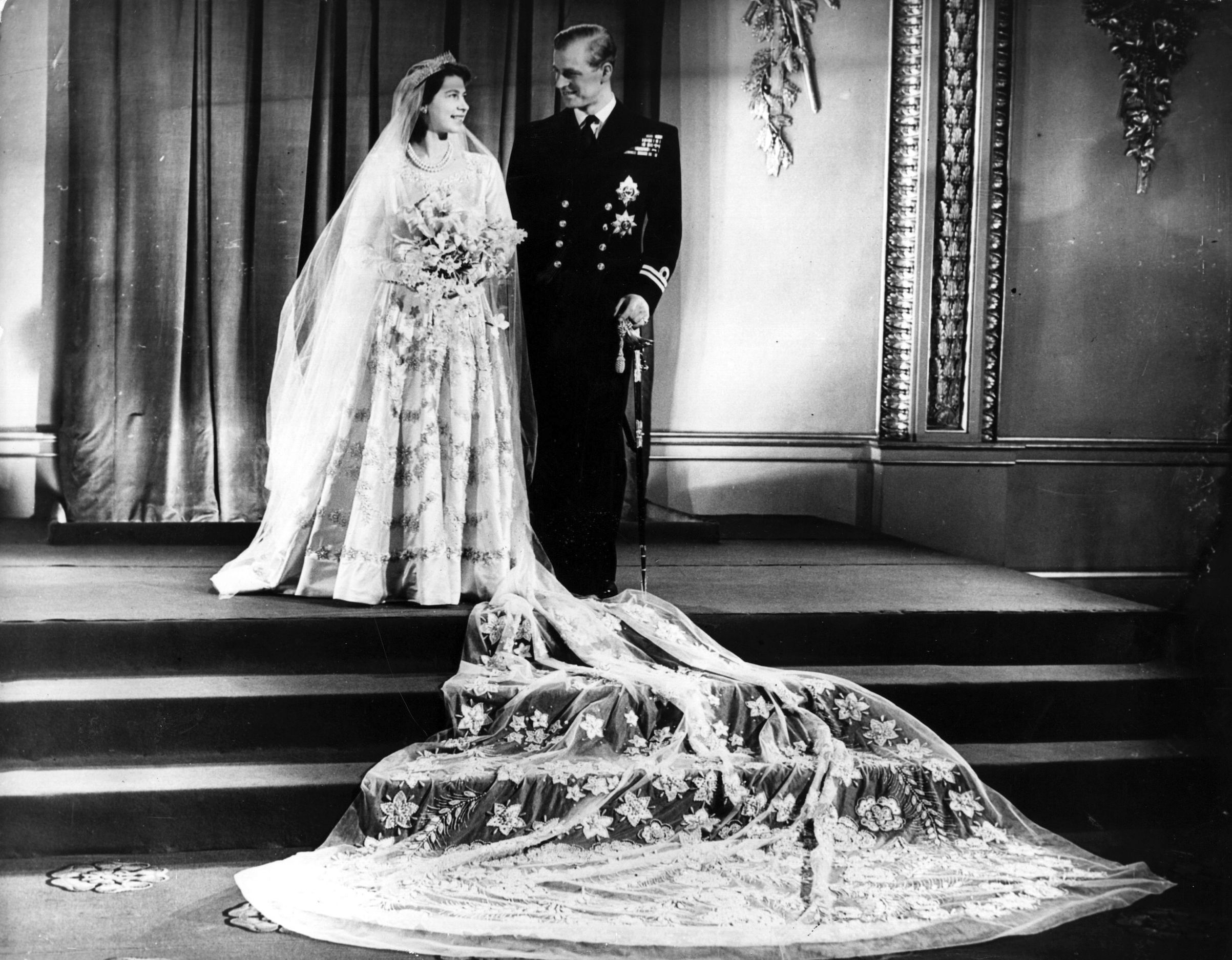
Unfortunately, the war had taken a great toll on King George’s health. Paired with a lifetime of smoking, the King’s health failed him and he passed away on 6th February 1952 at Sandringham Estate, Norfolk.
Following her father's passing, Elizbeth became Her Majesty The Queen of England with her coronation taking place on 2nd June 1953 at Westminster Abbey.
The Queen's coronation would be the first-ever televised coronation, and viewers from around the world could watch!
Like many children during the war, Her Majesty had her childhood cut short and had lost family members in the conflicts, but this helped her to grow and flourish into the steadfast Queen we know today!
--------------------------------------------------------------------------------------------------------------------
Read a transcript of the King’s Speech from 1939 here
Princess Elizabeth during the war
Royal Family during the Second World War
You can find celebrations and activities near you by clicking here
To find out what’s events are happening in London for the Jubilee click here
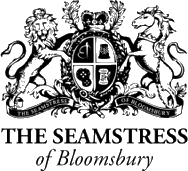

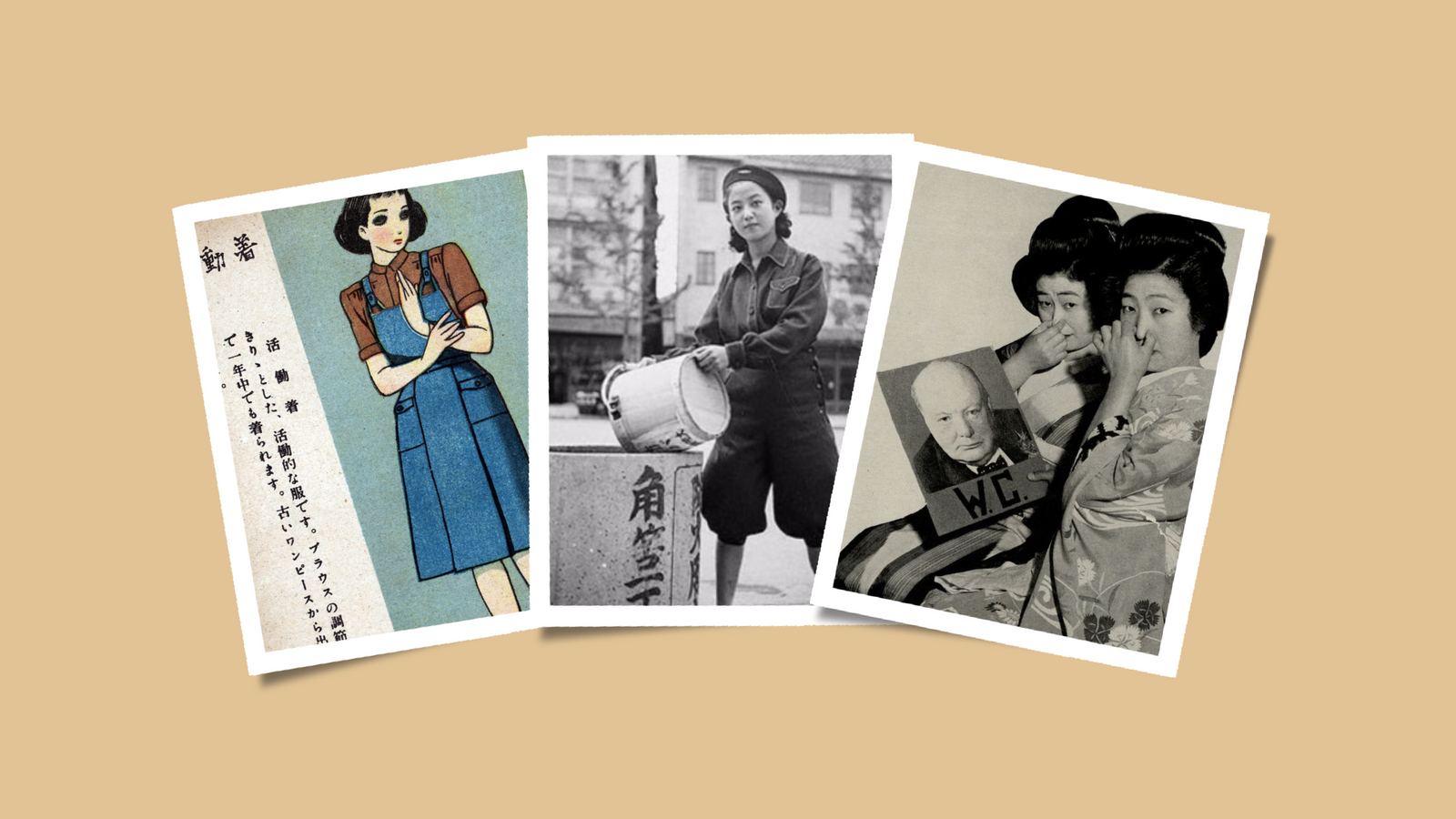
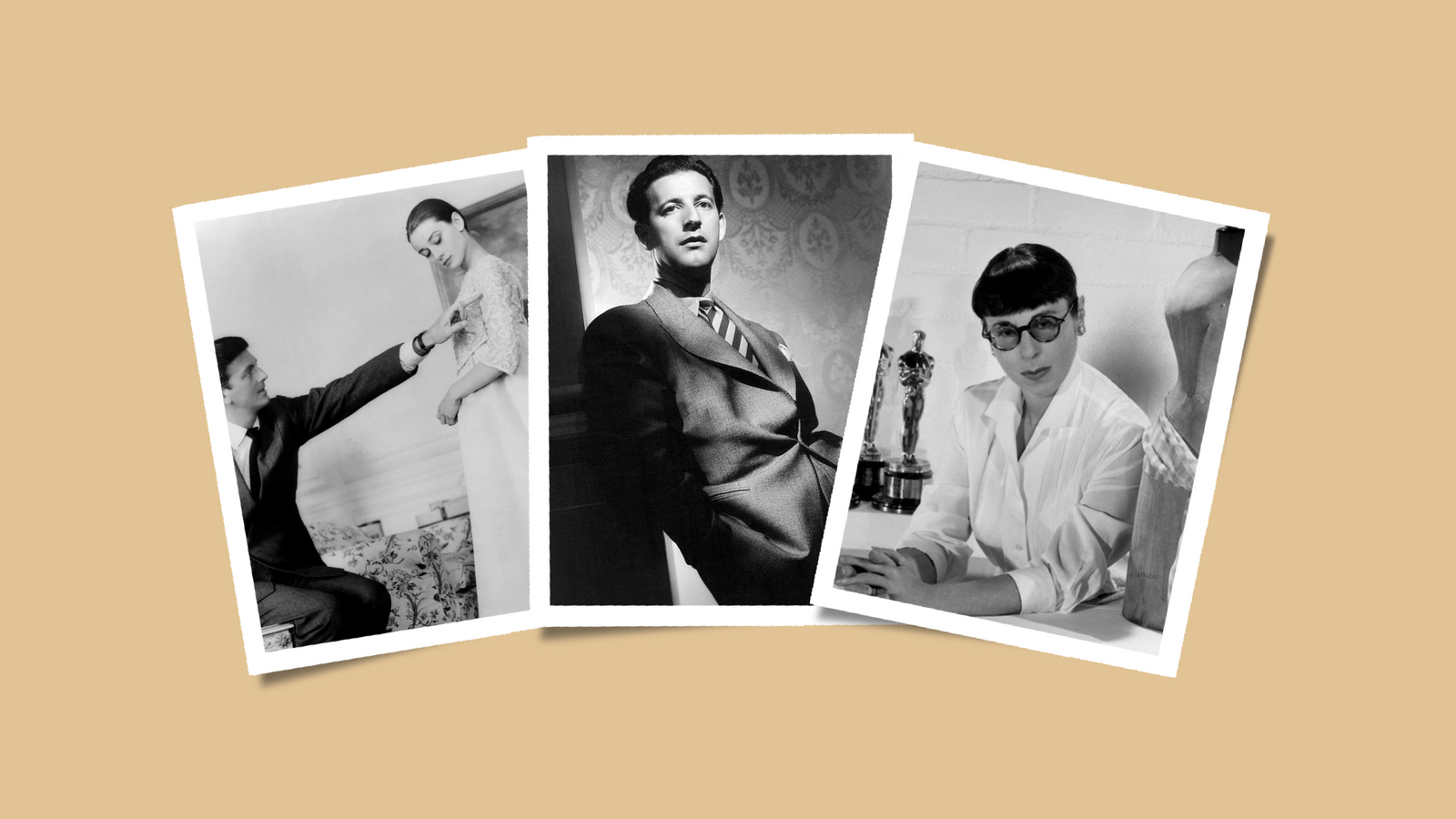
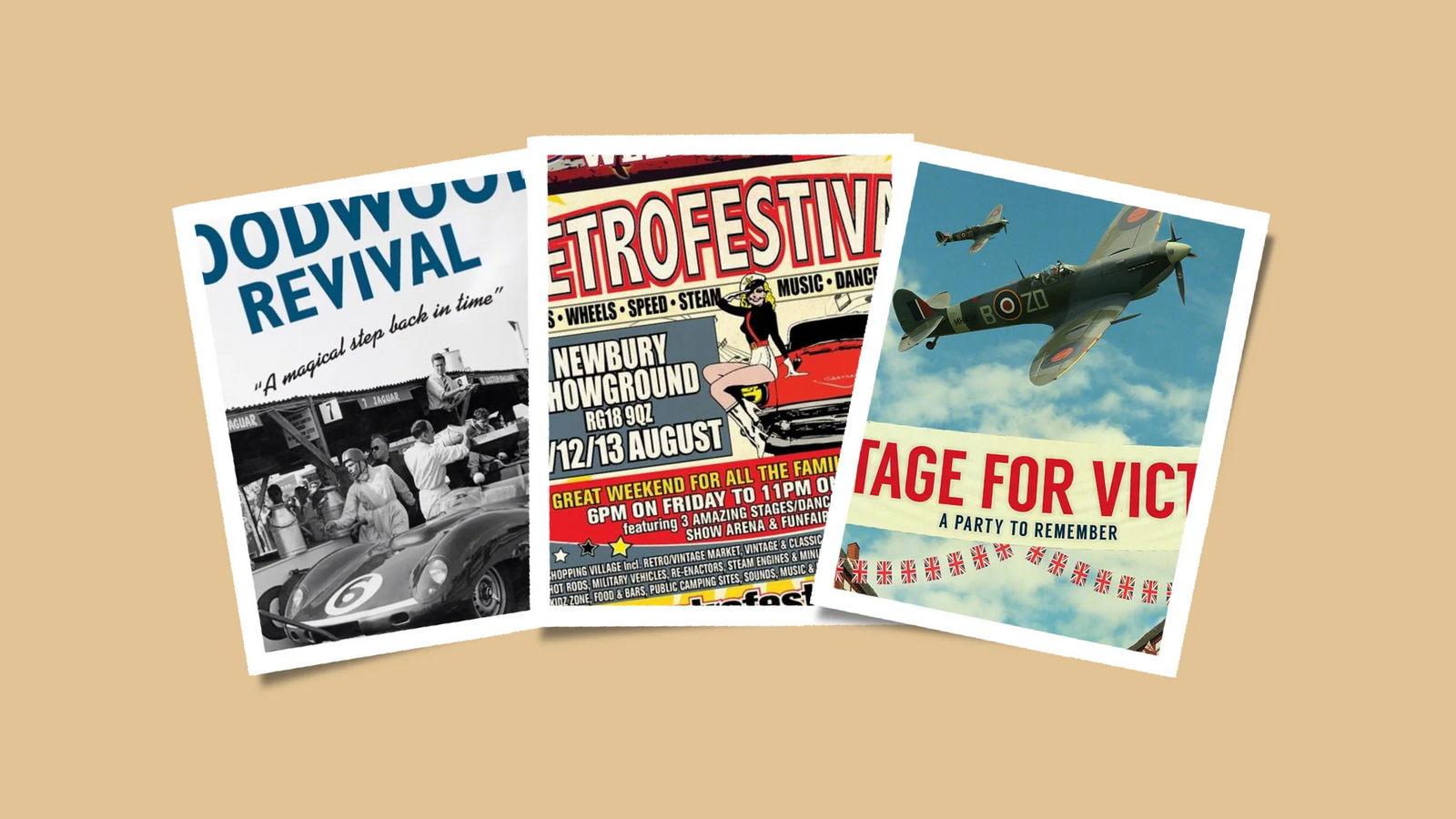
Leave a comment (all fields required)